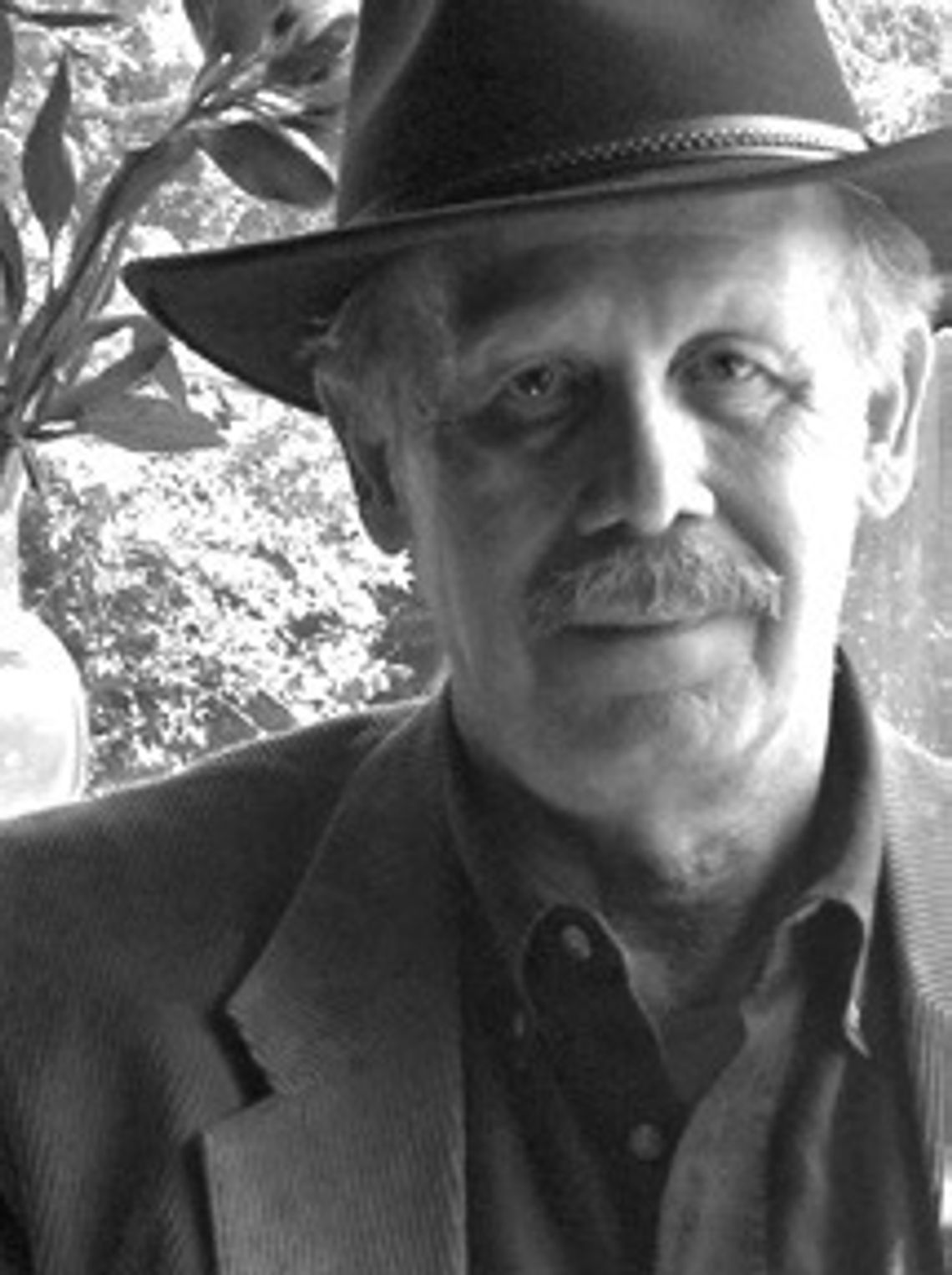Frank Buck, the celebrated adventurer who brought exotic wildlife “back alive,” took his last breath not in a faraway jungle but in a Houston hospital bed on Mar. 25, 1950.
The Texan that grew up to be one of the most recognizable Americans of the 1930s was born in 1884 in Gainesville and raised in Dallas. Fascinated by animals from an early age, he was once punished by his mother for playing with a copperhead. “Never again let me see you with a snake!” he remembered her warning.
Deciding seven grades of classroom confinement was all the education he could stand, Buck dropped out of school. He left home a few years later to ride herd on a cattle train bound for the stockyards of Chicago.
The young Texan stayed in the Windy City and went to work for a local hotel. In 1901 the handsome bellboy married a permanent guest named Amy Leslie, drama critic for the Chicago Daily News.
The groom had just turned 17, and the bride was 46. The May-December marriage lasted more than a decade, years longer than anyone would have given it.
One morning in 1911, Buck emerged bleary-eyed from a marathon poker game with $3,500 in winnings. Suddenly he had the money to do what he had always wanted – travel the world and collect animals. He kissed his soon-to-be ex-wife goodbye and booked passage for Brazil.
Buck was pleasantly surprised to learn that a good living could be made supplying zoos and well-heeled private citizens with unusual creatures from distant lands. And that never-a-dull-moment occupation kept him busy for the next 18 years.
While he loved animals and hated to see them suffer, Buck was not a wildlife conservationist. It was just that his customers were willing to pay top dollar only for live specimens not dead ones.
In spite of Buck’s best efforts, an alarming number did die in transit. But it was hardly his fault that climate controlled shipping containers and veterinary antibiotics were years in the future.
On most of his trips, Buck was accompanied by his second wife Nina. She is remembered for her post-divorce quote, “As long as I live, I don’t want to see any animals wilder or bigger than a kitten.”
Bad business practices and the stock market crash of 1929 wiped Buck out leaving him practically penniless. But loans from generous friends helped him pull through and get back on his feet.
Then in 1930 the World War I correspondent Floyd Gibbons made the suggestion that changed Buck’s life. Why didn’t the world traveler put his exciting exploits down on paper?
With the professional assistance of author Edward Anthony, Buck wrote “Bring ’Em Back Alive.” It was an instant sensation that bookstores could not keep in stock. The collaborators followed their first best-seller with a second – “Wild Cargo.”
Frank “Bring ’Em Back Alive” Buck was born, one of the best known Americans of his day ranking right up there with Charles Lindbergh, Babe Ruth and Jack Dempsey.
There were more books to come, but Buck was proudest of a grade-school reader entitled “On Jungle Trails.” “Wherever I go,” he liked to point out, “children mention this book to me and tell me how much they learned about animals and the jungle from it.”
With his books selling like hot cakes, the next logical medium was motion pictures. Dressed in his trademark safari costume, Buck starred as himself in the successful screen versions of “Bring ’Em Back Alive” (1932) and “Wild Cargo” (1934).
Other, mostly forgettable, films were “Fang and Claws” (1935), a 15-part serial called “Jungle Menace” (1937), “Jungle Cavalcade” (1941), “Jacare” (1942) and “Tiger Fangs” (1943). The bottom of the barrel was scraped in 1949 with “Africa Screams” also shown under the title “Abbott and Costello in Africa.”
At the peak of his popularity, Buck toured with the Ringling Brothers and Barnum & Bailey Circus. He shook hands with two million visitors to “Frank Buck’s Jungle Camp” at Chicago’s Century of Progress in 1933 and brought the exhibit out of mothballs for the 1939 World’s Fair.
On his first visit to his birthplace in 48 years, Gainesville rolled out the red carpet for its famous native son in 1937. The local zoo, one of many he helped to stock, was renamed in his honor in 1954.
Buck never recovered completely from injuries sustained in a taxicab wreck in 1947. Hoping to find the cause of his declining health, he underwent a battery of tests in a Houston hospital.
The diagnosis was advanced lung cancer. The lifelong smoker, who had endorsed cigarettes in newspaper and magazine ads, died in March 1950 eight days after his sixty-sixth birthday.
Choose from “Depression-Era Desperadoes,” “Texas Boomtowns,” “Murder Most Texan,” “Unforgettable Texans” and “Texas Entertainers.” Mail your check for $24.00 each to Bartee Haile, P.O. Box 130011, Spring, TX 77393.
World traveler brought ’em back alive
Frank Buck, the celebrated adventurer who brought exotic wildlife “back alive,” took his last breath not in a faraway jungle but in a Houston hospital bed on Mar. 25, 1950.
- 03/20/2024 09:00 PM










